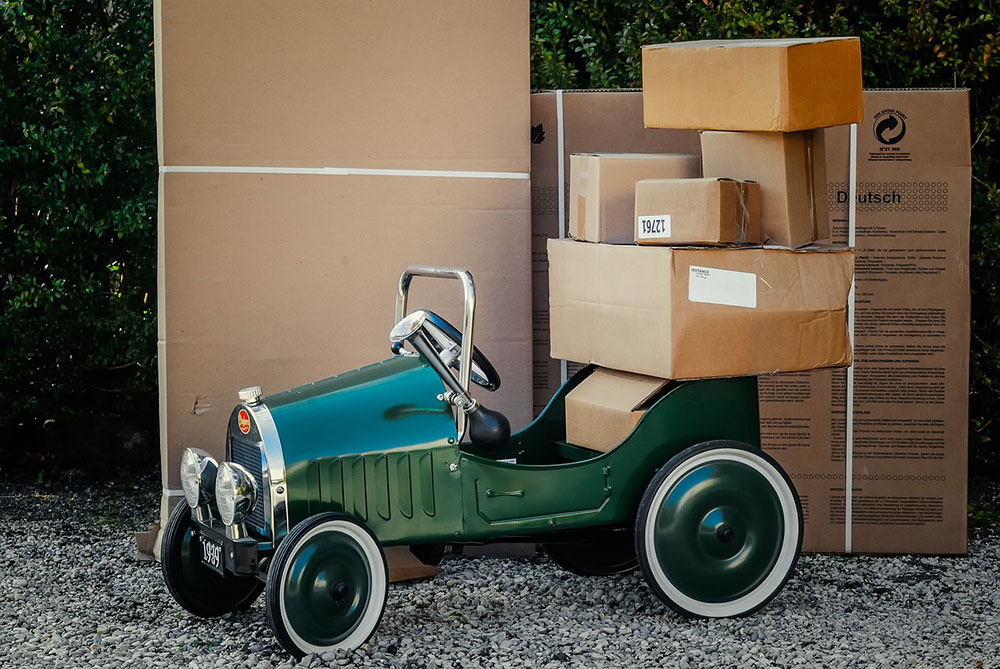
With e-commerce taking an increasingly bigger chunk out of retail sales, (currently about 10%), the last mile has grown in importance as a competitive advantage. Shippers and carriers alike are eagerly looking for ways to please customers while keeping costs down. In fact, according to some estimates, 30% of the total cost of all goods delivery is in last-mile.
Customers get even more demanding
Today’s customers are on the go and not as willing to sit around waiting for a delivery. Thanks to Amazon’s Prime subscription service, the accepted 5-7 day delivery time period has been reduced a new norm of 2 days. Even that is quickly being reduced further to same-day, and in some locations, one hour delivery.
According to the UPS Pulse of the Online Shopper survey and analysis, speed is important with 77% of survey respondents willing to pay for expedited shipping. Forty-one percent of survey respondents indicated they had ordered a product for same-day delivery. The importance of same-day delivery is evident in that 58% of those surveyed said the ability to search by items available for same-day delivery is important when selecting products online. In addition, 36% said same-day delivery is important when deciding to shop with a physical store. This was up from 31% in 2016.
Shippers and carriers alike are addressing the ever-shrinking last mile by offering options besides the traditional home including lockers, in-store pick-up and pick-up in third-party stores. In fact, UPS’ study found that 52% of online shoppers were interested in shipping to alternative locations.
“Ship-to-store” is a popular choice with 50% of online shoppers having used this option and noting that speed and convenience are important success factors.
Getting there faster
In some situations, the delivery person is being replaced by a robot or even a drone. For example, Starship Technologies is launching 1,000 delivery robots on U.S. and European university campuses for food delivery. A number of carriers, shippers, and others are testing drone deliveries. 7-Eleven has partnered with Flirtey for drone deliveries in the state of Nevada. In addition, Zipline has deployed drones in Africa to deliver medicines in remote locations. Also, Chinese e-commerce providers, Alibaba and JD.com are using drones to deliver in rural areas of China.
Not only is the delivery person being replaced by a robot or drone, but the traditional delivery companies such as DHL, FedEx and UPS, are facing increasing competition from firms such as Amazon and JD.com. These e-commerce providers are building out their own global logistics network and could potentially rival the integrators, DHL, FedEx and UPS.
The growing number of delivery options definitely indicates the importance of the customer. Indeed, the customer is in the driver’s seat and expects customization – not only in the products that are purchased but also in delivery decisions. Customers now expect to have options from the delivery time, to where the product is to be delivered to even tracking and managing the shipment while en route.
Tracking technology grows up
Gone are the days in which a customer was expected to phone a customer service representative to ask the status of an order.
With the advent of the internet, tracking technology made it easier for customers to know more about their shipment status. But still the technology lagged in timing. Today, tracking is available in real-time with little if any lag time. Some carriers such as DPD and even Amazon offer customers the ability to view actual delivery stops in real-time, online.
Apps from FedEx and UPS allow customers to not only track shipments but also offer a host of other options, including the ability to change delivery locations to leave with a neighbor or a different location while the package is out for delivery.
The customer is in the driver’s seat
The customer is in control of their shopping experience, from selection to purchase, all the way through final delivery or pick-up. Carriers and retailers will need to monitor customer behavior as well as their own costs in order to stay one step ahead of expectations and to remain competitive in a tight industry.






disqus comments